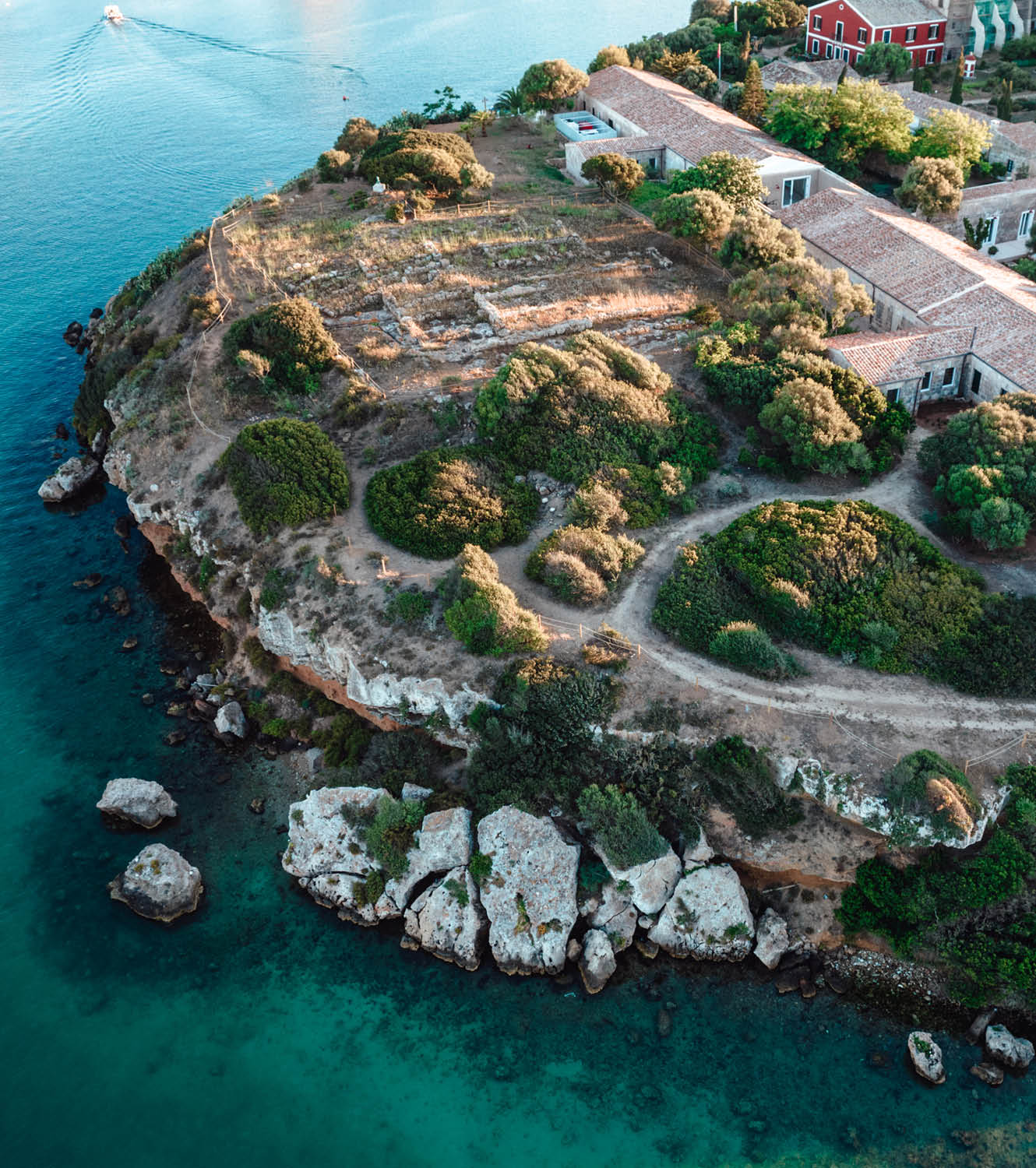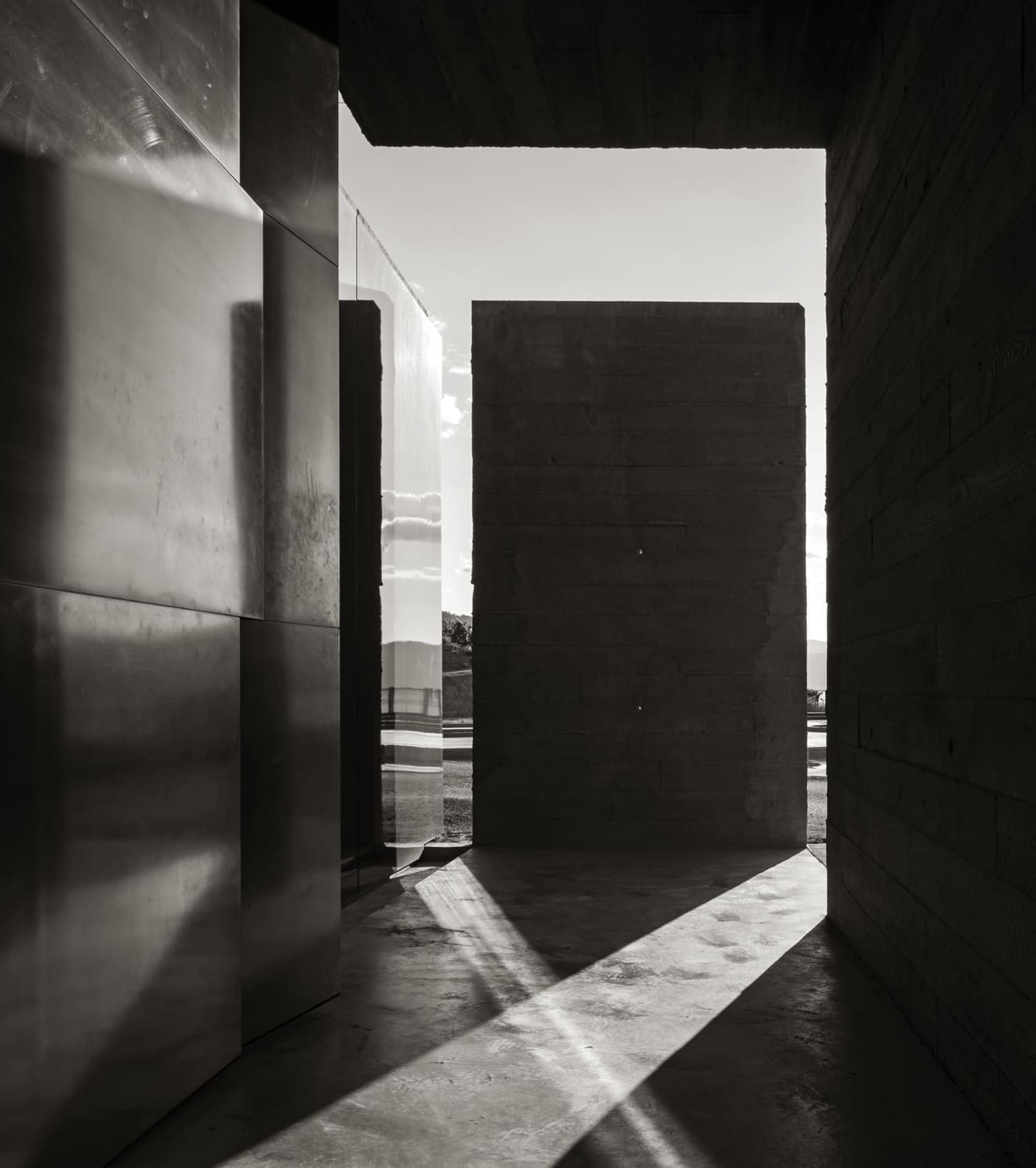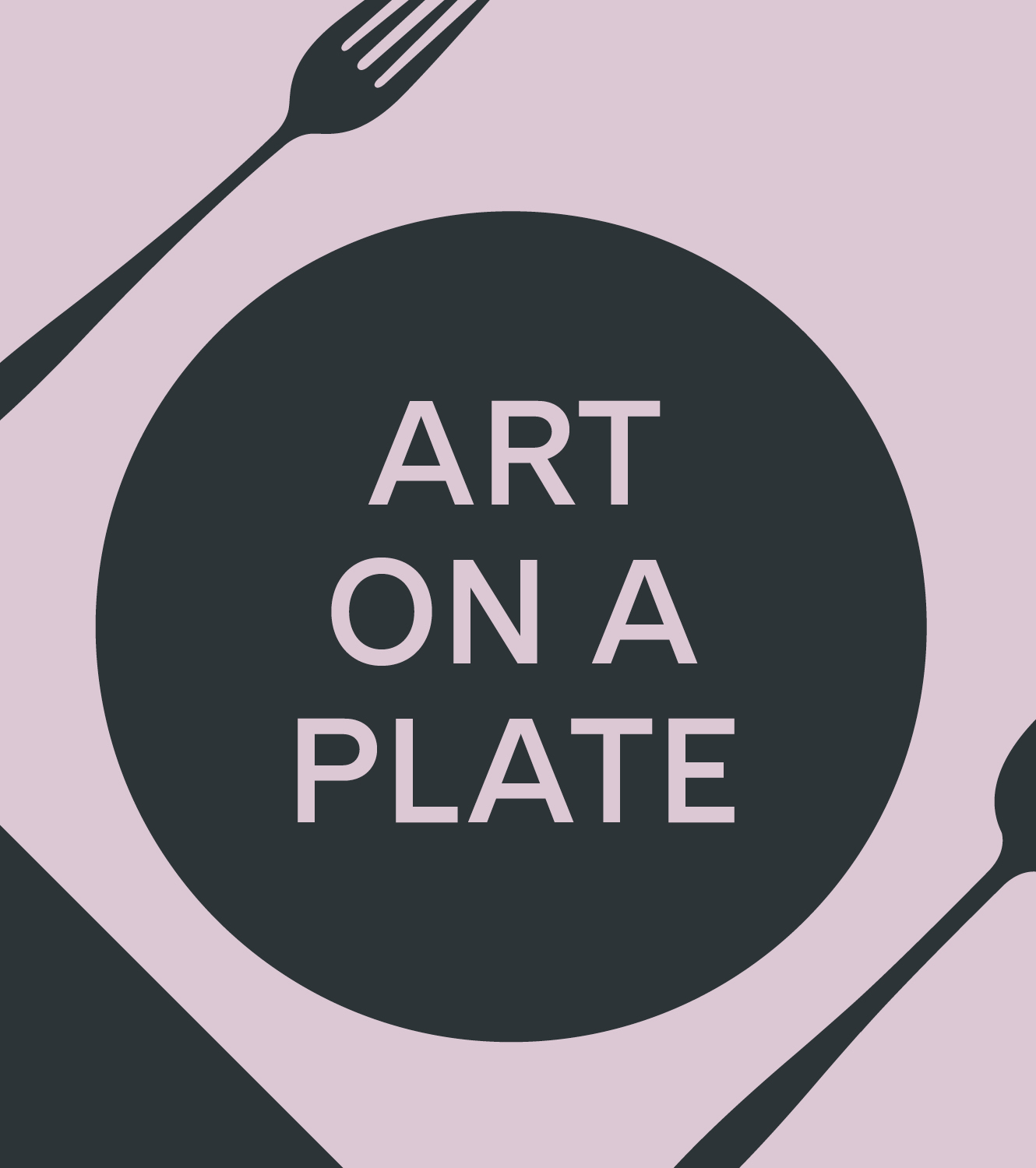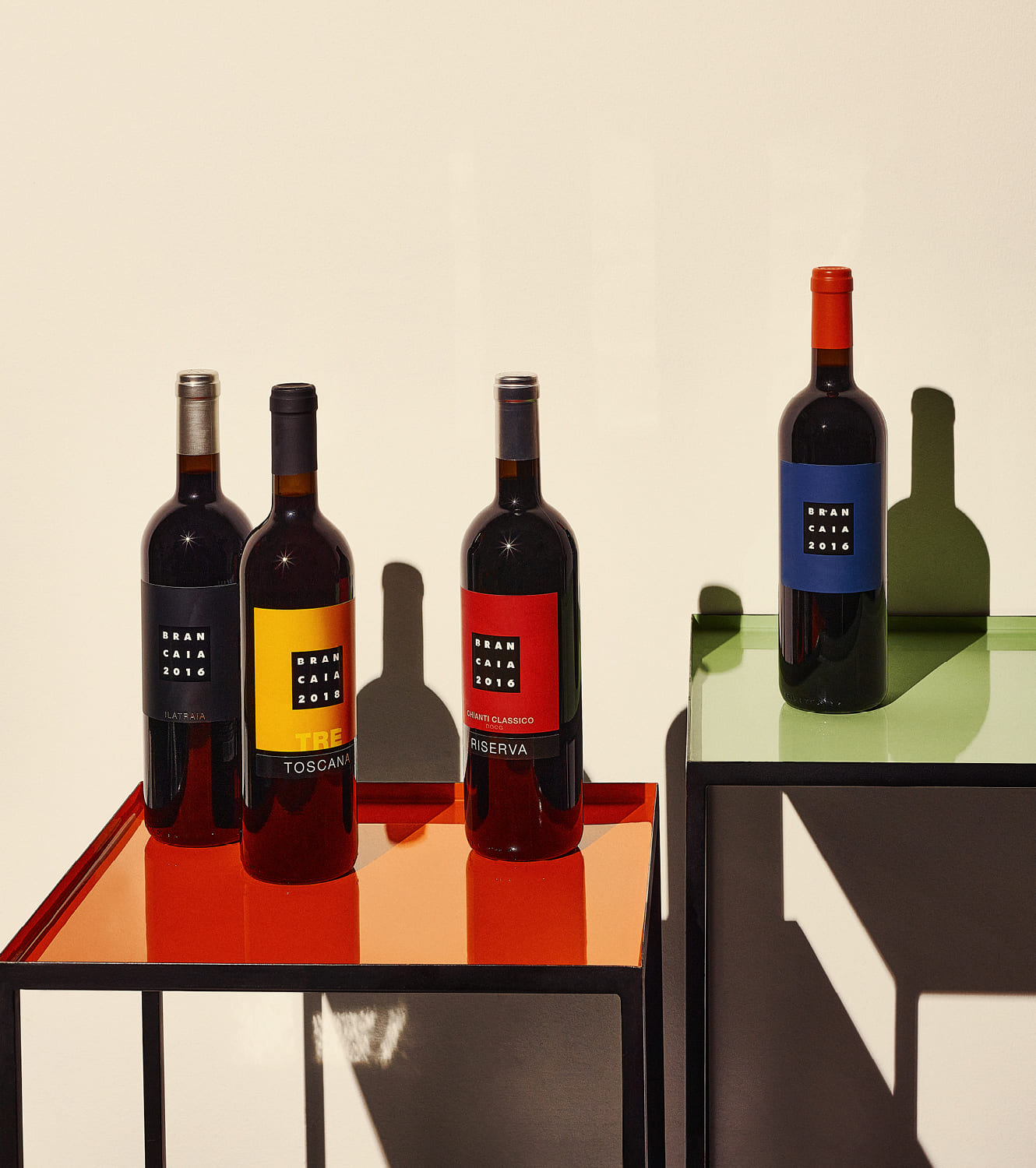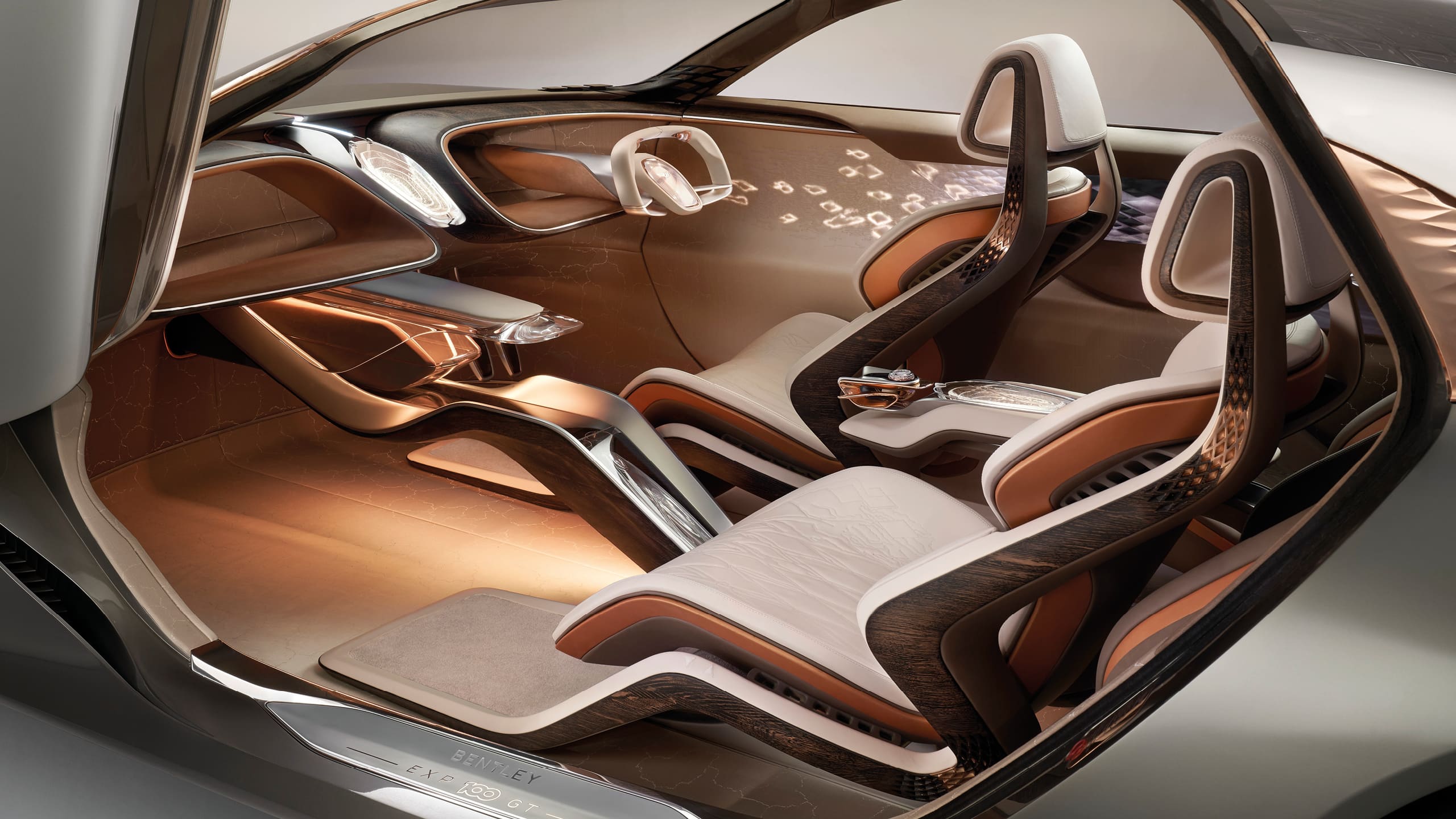
WASTE NOT
From reimagining old defunct wooden casks as stylish furniture to reusing grape residue to make grappa, a group of winemakers are rethinking the concept of waste, writes Jonathan Bell
Every agricultural process generates waste, and winemaking is no different. Most winemakers agree that a typical 750ml bottle of wine contains somewhere between 600 to 800 grapes, or just over a kilogram of the fruit per bottle. After processing, around 80 percent of this weight goes into the wine itself, leaving behind the skin, seeds and stems, a mulched by-product called pomace, or occasionally grape marc. This term also applies to the waste created in the olive oil and cider making processes (“pomace” comes from the Latin for apple, pomum).
In 2022, global wine production amounted to about 258 million hectoliters (100,000 liters), or 34.4 billion bottles. That’s a lot of pomace, so finding suitable uses for the waste material has always been part of winemaking. One straightforward use is as animal feed or fertilizer, returning organic material back to the soil in as a direct a way as possible. However, depending on the process, pomace can be rich in all sorts of minerals and sugars; white wine pomace contains more sugar and nitrogen (good for fertilizer), while red wine pomace has fermented, creating a different chemical make-up.
Traditionally, pomace can also be put to use as the primary ingredient in another, stronger, alcoholic drink, pomace brandy. Perhaps the best-known of which is grappa in Italy, but there’s also the marc spirits found in the various French wine-growing regions, as well as piquette, which is a watered-down marc, and drinks like orujo in Spain and raki in Turkey.
Another application for the grape marc is in the creation of bioethanol; one tonne of marc can be converted to 400 liters. Bioethanol created from wineries has been used to power buses in Bordeaux and as fuel for heating in Trento, pointing the way to a future of true material and energy circularity.
The benefits of using wine waste for feed, fertilizer and energy production are both obvious and economically efficient. However, there are other uses, albeit niche ones, which can have a higher consumer profile and help raise awareness of all kinds of post-industrial uses. This is the raison d’être behind the Vegea Company, founded in Milan in 2016. Acting as a go-between for agricultural industries like winemaking and the design industry, the organization has developed a number of plant-based alternatives to their oil-derived equivalents.
The most prominent of these is synthetic grape leather, also called Vegea. Described as a “vegan coated fabric,” with a name that hints at Gaia, the Greek goddess of Earth, the fabric is designed to replicate the qualities, texture, flexibility and durability of traditional leather. Like leather, it can be dyed in any number of bespoke colors, making it an ideal material for both the fashion and auto industries.
The latter is undergoing some high-profile soul searching when it comes to material sourcing, reasoning that the new zero-emission electric powertrains must be accompanied by a greater commitment to decarbonizing the entire supply chain. As ever, innovation starts at the top of the market, where there’s a budget and taste for materials to be crafted and manipulated to express their very best side.
In 2019, Bentley unveiled the EXP 100 GT Concept, a celebration of a century of car-making that imagined how the Bentley of 2035 might look. Alongside ethically sourced timber and thousand-year-old reclaimed riverwood, the company’s interior team explored the use of Vegea as a replacement for the traditional hides. Volvo’s “Conscious Design” strategy, which includes its vegan Nordico leather alternative, cites the use of corks recycled from the wine industry as a possible source of premium textiles.
Trainers are far removed from the well upholstered interior of a luxury car, but French entrepreneur Laure Babin set up Zèta in Bordeaux in 2020 to make vegan shoes using corn, coffee and grape waste. Describing the company’s ethos as one of total transparency, Babin says that Zèta is honest about everything, from sourcing and manufacturing, through to the justification for price rises.
“Our point of difference revolves around the reuse of existing materials,” she says, with modestly priced, retro-styled shoes giving no hint of their origin beyond the company’s transparent communications. Another company that’s more than happy to talk about origins is Californian maker WellVine. Pursuing a “Vine to Bar” ethos, WellVine’s principle product is premium dark chocolate, made from Chardonnay marc. Describing it as an “alcohol-free superfood,” it’s part of a range of goods that display the company’s zero-waste mindset.
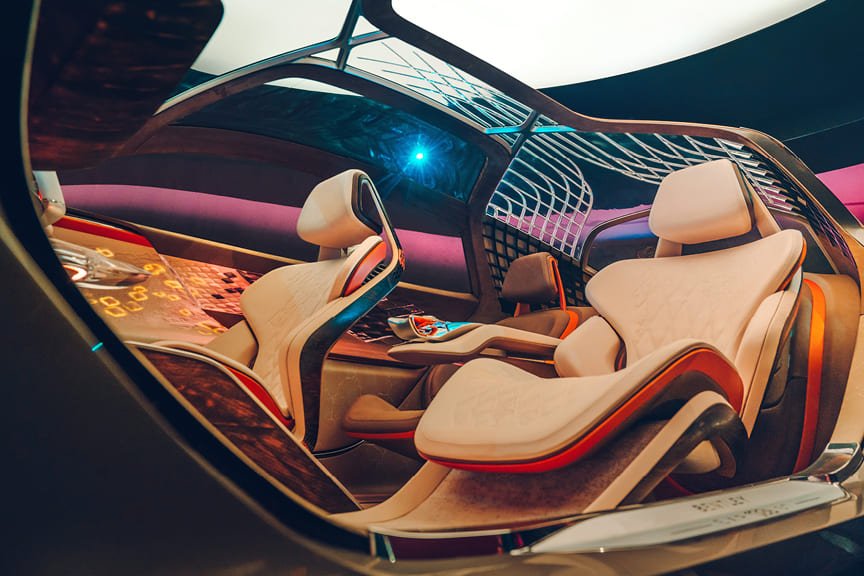

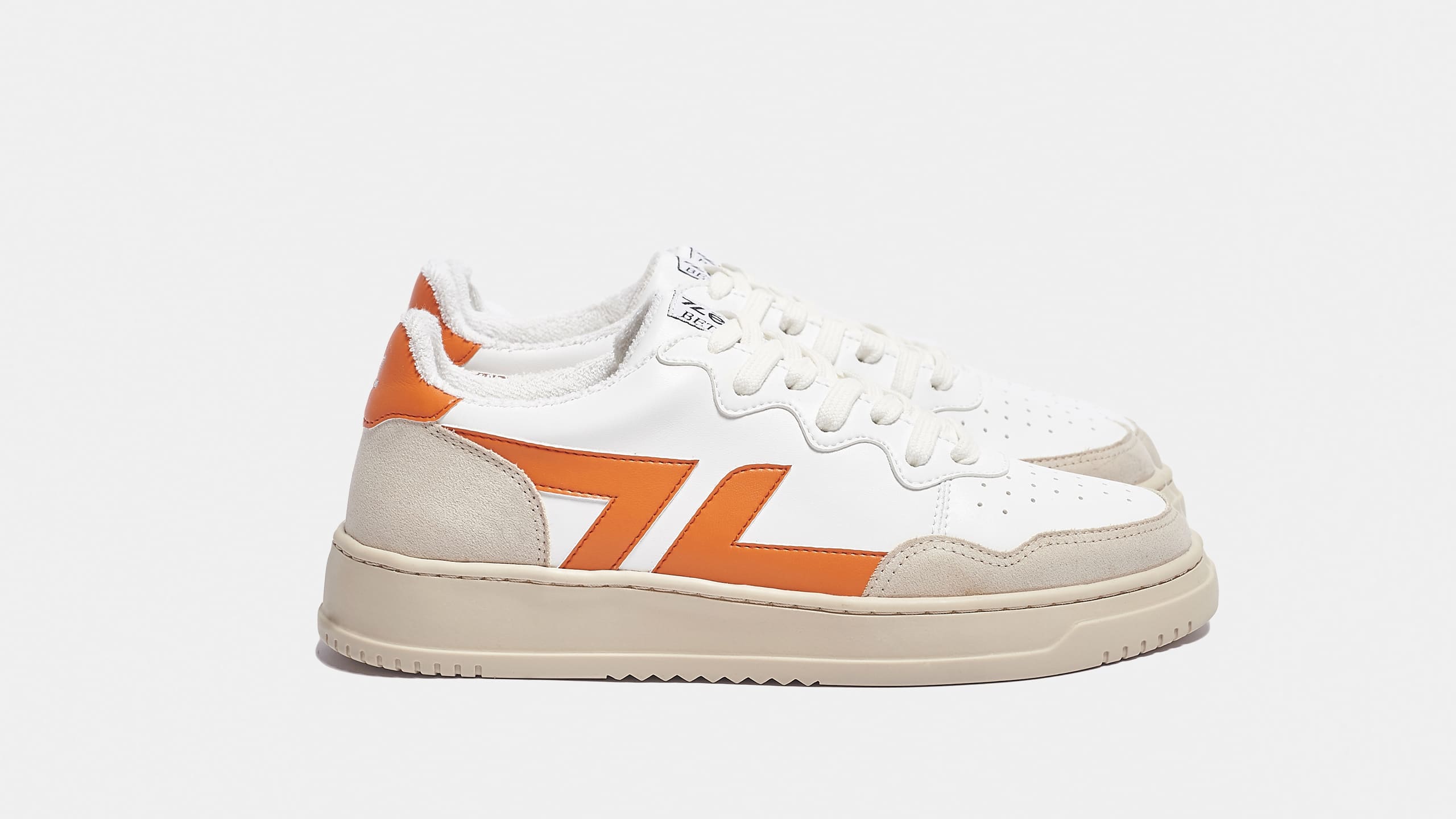
“Few industries can claim such a potent and rich waste by-product. As organic chemistry becomes ever more sophisticated, new uses are being discovered that maximize the unique chemical properties of this so-called waste”
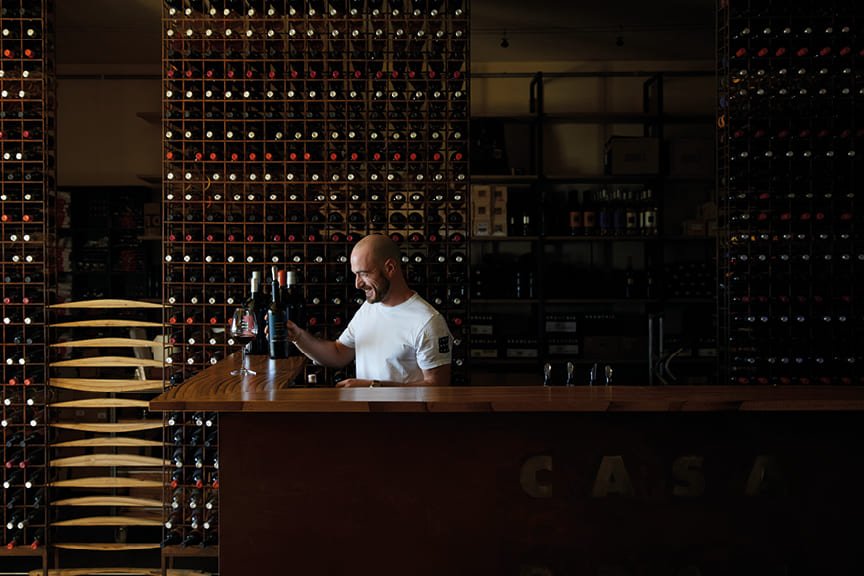
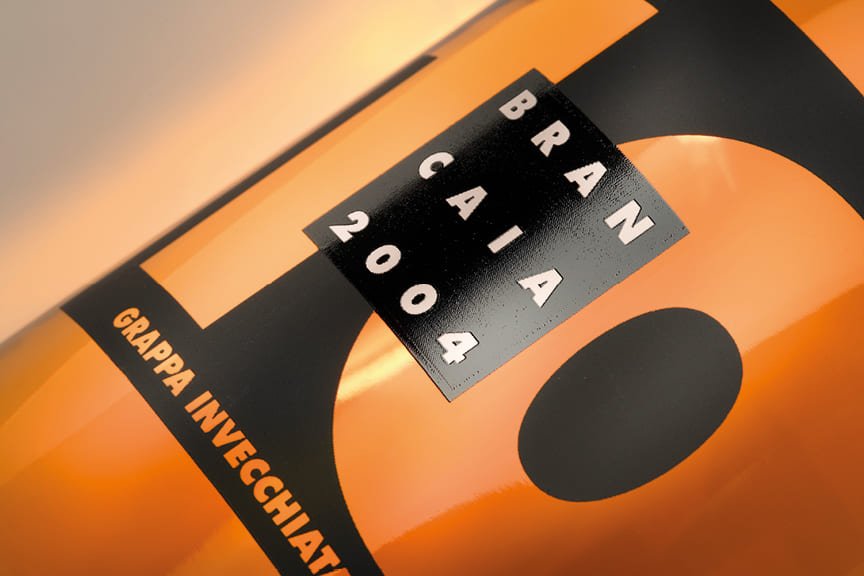
Bentley EXP 100 GT suggests the use of Vegea as a replacement for the traditional hides, Zèta makes vegan shoes using corn, coffee and grape waste and Brancaia produces its own grappa from wine waste and transforms the traditional barriques into all kinds of furniture to use around the estate
There is still so much more that can be done. For example, wooden wine barrels tend to be recycled into rather kitsch, quasi-rustic furniture that makes a dubious virtue out of its origins, rather than exploring contemporary forms and techniques. Given that the flavor imparted from oak tends to dissipate after about three years, there is a ready source of material (although these barrels are still viable for storage and can subsequently be used to impart the wine flavor into other spirits). Metal and concrete vats have a much longer, practically unlimited shelf life. Given that a typical mature oak tree contains enough wood for around two to four barrels, the demand on this resource is enormous, despite it being “renewable.”
One European vineyard that has taken this aspect of recycling to another level is Brancaia in Tuscany, the organic vineyard overseen by a family team led by Barbara Widmer. Twenty years ago, as part of the winery’s ongoing process of creating a truly sustainable business, the family experimented with transforming the traditional barrique into all kinds of furniture to use around the estate. “We recycle it for everything possible,” says Widmer, “including tables and bar stools, wine bar trim, lamps, flower pot serving ring, room dividers, candle holders, etc. We’re also using the wood for our wine cases.” All this on top of using the marc for a much sought-after grappa.
Physical re-use of skins, stems, and wood is all very well, but accounts for only a fraction of the ways in which the industry can minimize its footprint. For centuries, pomace and other waste, like lees, the dead yeast sediment that accrues in the bottom of barrels, have been plowed back into the process, either literally as fertilizer or as catalysts for other related processes, such as creating grappa or ripasso, or food flavorings, colorings and preservatives. As organic chemistry becomes ever more sophisticated, new uses are being discovered that maximize the unique chemical properties of this so-called waste. Few industries can claim such a potent and rich waste by-product.
Photography ©Helen Cathcart, Brancaia, Bentley Motors, Zèta
We recommend
WHERE THE ART IS
Do unusual venues and experimental curations set culture free to be explored in new and exciting ways, and by a wider public? Nargess Banks investigates
THE ARCHITECTURE OF WINERIES
Can architecture fundamentally alter our wine experience? Some of the world’s finest wineries believe that building design can, as Jonathan Bell takes a tour
ART ON A PLATE
Crisp tablecloths are replacing traditional white gallery walls, writes Gabriela Garcia, as chefs bring storytelling to life through carefully considered, beautifully presented dishes
FIRST IMPRESSIONS
What does your bottle and label say about your winery? Abbie Moulton investigates how brands are rethinking packaging in terms of both style and substance

